I'm starting to think Chip Kelly, our beloved head coach and offensive mastermind, may not be on the same page with the Eagles general manager. In fact, hot take alert here, the GM may be actively sabotaging Chip. Let's examine the evidence.
In 2013, Kelly proved he could take a collection of players drafted by other people and mold them into a successful team. The defense, sure, was a bit rough. But Kelly inherited an offense of Andy Reid's making and turned it into something special. The offensive line dominated, with the left side anchored by two all-pro players, an emerging athletic center, wily veteran at right guard, and a top pick at right tackle. Meanwhile, Kelly's frenetic, quick-strike offensive style was matched perfectly by the dynamic big play duo of DeSean Jackson and LeSean McCoy, who combined for 3,480 yards on the season—including 42 plays of more than 20 yards. Kelly even made Nick Foles, an immobile quarterback with a questionable arm, look like a star.
But I look at the 2015 Eagles, and it seems the GM actively tried to rid Chip of all his best players. He swapped the Foles for Sam Bradford, who costs more and has a terrible injury history. He ditched both of the Eagles' homegrown, in-their-prime dynamic wide receivers for a bunch of unproven youngsters supplemented with empty threats (this week notwithstanding) Riley Cooper and Miles Austin. He flipped McCoy, a shifty home run hitter, for north-south runners, then refused—over Chip's strenuous protests, I'm sure—to put any resources into the aging offensive line that made the whole thing work.
What Kelly's left with is an offense that looks nothing like the type of team he's been successful with in the past. Foles was never a running quarterback, but the current starter can't even execute read option plays for fear he won't survive the next hit. And Bradford doesn't even have the confidence, despite a decent arm, to throw downfield, wasting Chip's proven ability to scheme players open. His twice-a-game realization that there might be open players beyond 5 yards has corresponded with a brief one-quarter offensive resurgence in each game.
The coach probably could have told the GM that the running back position wasn't his limiting factor in the first two years. When defenders shot into the backfield in 2014, McCoy actually made many of them miss and got positive yards. Spending big to get shiny new running backs was much less important than making sure the blockers ahead of them weren't just terrible backups and journeymen. The Eagles GM even had the gall to extend both Allen Barbre and Andrew Gardner, moves which can only be interpreted as a straight up middle finger to his run-first coach.
To be fair, the GM has added talent on the defensive side, bringing it up to average or perhaps even slightly above. But even against weak quarterbacks like Kirk Cousins, the unit's flaws are obvious. While the defensive line is shutting out running backs, giving up the 3rd-fewest yards per carry in the NFL, this is a passing league. The pass rush is nonexistent, with a sack rate of just 3.4%, 5th-worst. Fletcher Cox and Bennie Logan are disruptive run defenders, but can't get to the quarterback. Connor Barwin and Brandon Graham are solid players but not sack artists. That meant that in the final minutes on Sunday, with Washington marching down the field, the Eagles failed to get any pressure. It doesn't help, of course, that the secondary is still suspect.
When you look at all of it together, it's clear that something needs to be done before the Eagles GM torpedoes our head coach's obvious talent. Fire this idiot, I say, and hire someone who knows what he's doing. Heck, maybe give Chip Kelly a chance to take over player personnel. He could probably do just as well.




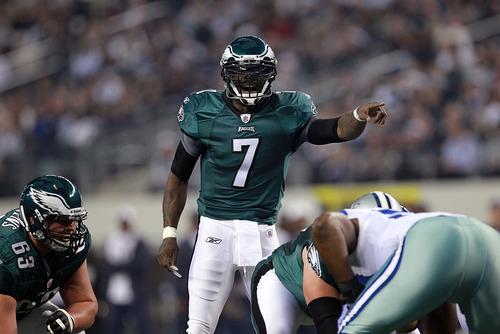
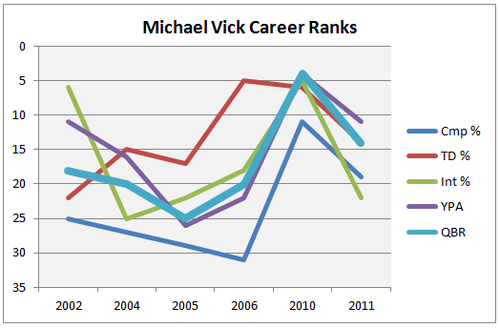
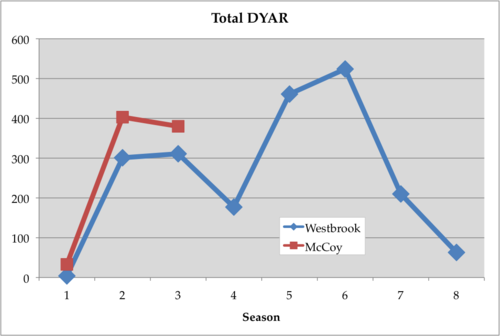
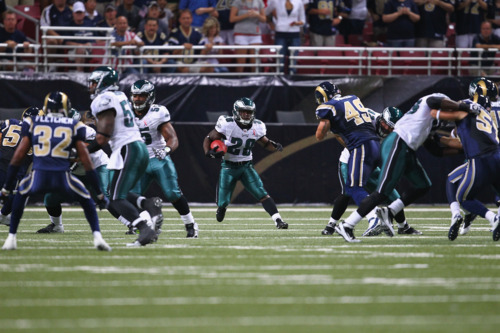
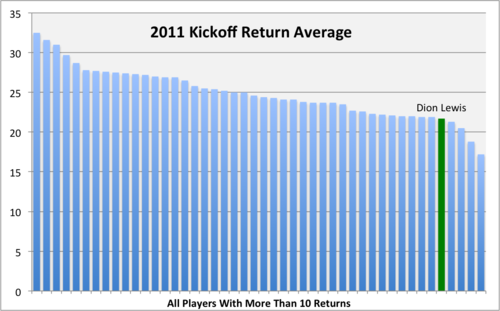
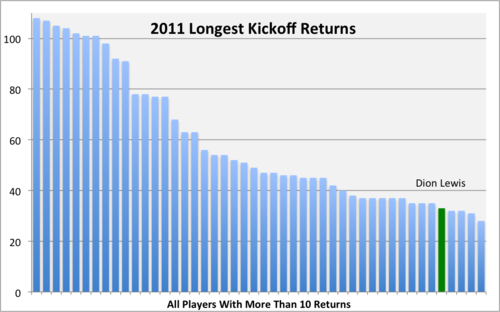
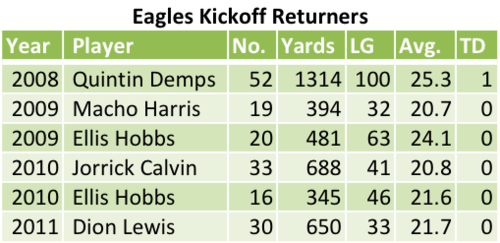 It’s worth pointing out that this isn’t a problem solely related to the rookie from Pitt. Lewis is only the latest in a string of poor kick returners, who you can see at right. He was actually better than Jorrick Calvin. Quintin Demps, back in 2008, was the last above-average returner the Eagles employed. It would be nice to see the Eagles try to correct that in 2012, although I won’t be holding my breath.
It’s worth pointing out that this isn’t a problem solely related to the rookie from Pitt. Lewis is only the latest in a string of poor kick returners, who you can see at right. He was actually better than Jorrick Calvin. Quintin Demps, back in 2008, was the last above-average returner the Eagles employed. It would be nice to see the Eagles try to correct that in 2012, although I won’t be holding my breath.